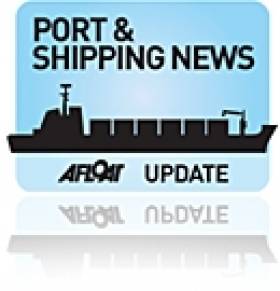Displaying items by tag: VLCC Surplus
IMDO Weekly Review: Growth in 2012 Global Freight, VLCC Surplus Supply and Chinese Ore Bulk Boost
#Ports&Shipping –The latest IMDO Weekly Shipping Market Review includes the following stories as detailed below.
Freight Forwarders: Growth in global freight- forwarding market in 2012 was entirely down to the strong performance of seafreight as airfreight volumes continue to decline, Lloyd's List revealed last week. A report from consultancy Transport Intelligence shows that in 2012, the overall freight forwarding market increased by 3.1% year on year to $125.8bn. The seafreight segment drove the growth, increasing by an "impressive" 11.5% to $63.2bn.
Tanker Market: Surplus supply - Daily earnings for very large crude carriers [VLCCs] shipping Middle East crude to Asia dropped $10,000 in a week as the July loading programme came to an end, and are forecast to fall even further, Lloyd's List noted last week. VLCCs on the Middle East to Asia trade are now being fixed at around $16,000 per day, down from $26,000 per day a week ago, according to data from the Baltic Exchange.
Bulker Market: Hiring improves - The Drewry Hire Index improved by 6% in June compared to May as an influx of Chinese ore imports boosted the dry bulk market. The largest improvement was seen in the capesize vessel segment, resulting in the Drewry Capesize Demand Index increasing by over 80%.
For more of the above and other stories visit the IMDO Weekly Markets Review (Week 29) and also on Afloat.ie's dedicated Ports & Shipping News section.





























































